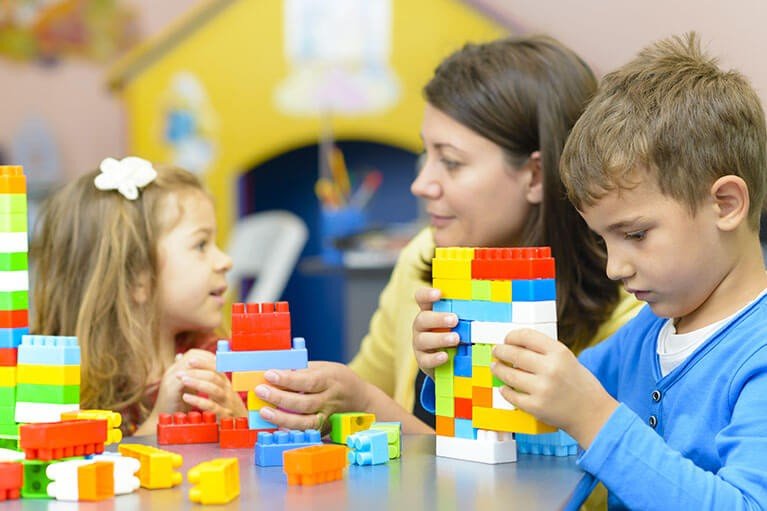
How To Help Your Children Express Their Emotions
Children feel the same things that adults do: anger, sadness, happiness, and frustration. However, they aren’t always developed enough to be able to not only identify what they feel but how to express it in a way that is healthy and acceptable. As a parent, you can help them in different ways. This is often expressed as tantrums, crying, and even screaming. It doesn’t mean that there is anything wrong with your child and you can help them learn to name what they are feeling and find different ways to handle their expressions.
Show Your Face
When working with a child education about how people show emotion may be the place to start. It takes time and exposure for children to be able to identify the emotions behind facial expressions and body posture. Pretend a different range of emotions, over-exaggerating the expressions and what you do with your body. Have your child guess how you are feeling and then ask them to take a turn. Give suggestions on how they can show that they are angry. You may even add in ways to NOT show certain emotions, so they can begin to understand that some behaviors are acceptable in different social situations.
Read To Me
For a child, their education comes in different ways. One common way is through illustrated books. Looking at the pictures is a great method for figuring out how a character feels, even before your child can identify letters. Illustrators take care to reflect the events of a story since their pictures are essential for understanding for pre-literate children. Take a picture walk through your child’s favorite picture book, asking what they think the characters are feeling on each page. You might also ask what they think caused them to feel that way so they can start to make connections between cause and effect regarding their feelings and life situations.
People Watching
This is a kind of activity that can take place just sitting together at the park or watching TV with the sound off. You can ask your child how they think people feel when they see them walking by. You might even ask them to connect with the emotion, asking, “When is a time you feel angry? Do you think that happened to that person?” This not only helps them identify their own feelings but fosters sympathy for others by understanding that we share common experiences and common feelings.
Talk To Me
One of the best things you can do with your child when they seem to be overwhelmed with their emotions is to talk to them. Tell them what you can see. “I can see you are crying? Are you sad?” or “Your face looks like the time you lost your toy. Is that how you feel?” Continue in this manner until they are able to give positive responses. You are exposing them to the language they need to identify how they feel and connecting to the emotions behind an event. Eventually, they may not know the word for what they feel but can tell you what happened and associate it with another event. Talking calmly to your child lets them know that their emotions are important and they are still growing into proper expression.
Think Like Others
Thinking of someone other than themselves is hard for children. Not because they mean to be selfish, but developmentally, they are busy learning about the world and how it relates to them. They aren’t really ready to spare much mental energy on how others may be feeling. When something happens, ask, “How do you think that makes them feel?” This helps a child to step out of his own bubble for a moment and make a connection about how they might feel in this situation. It helps them to realize a commonality between themselves and others.
Learning to express emotions can be a trying time for children and they may become overwhelmed at times. You can help them with not only expressing those emotions in proper ways but also identifying what they feel and that they are not alone in this emotion. This can help foster a child with deep sympathy for others and the ability to recognize similarities between themselves and others.
Learn more:
Help Your Child Transition Schools During a Move
Holidays Are A Chance To Teach Your Child Culture And Acceptance